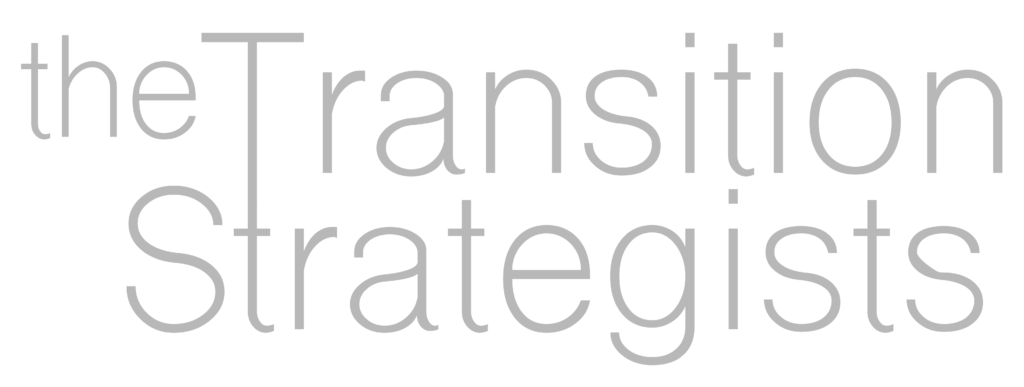In early 2023, the Colorado Chamber of Commerce released the Colorado Competitive Landscape Report: 2022 Sentiment and 2023 Outlook. In it, CEOs of public, private and non-profit organizations shared their thoughts about workforce challenges, Colorado’s business climate, their operations / strategic plans and what 2023 might bring.
Succession Planning is in the Eye of the Beholder
As a business transition guide, one of the findings that interested me was that most companies include “succession planning” in their strategic plans, yet their approach to planning varied dramatically.
“One respondent reported having a succession plan in place for every employee — from senior leadership you need help to hourly employees — that anticipates retirement for the next two years. Others focused on bringing up the next generation of leadership.” (pg. 28)
Obviously, “succession planning” means different things to different people, yet I think we can agree: The goal of succession planning is to equip a company to continue beyond the current generation of leadership.
Creating a Succession Plan
From reading this report and based on nearly three decades of experience working with business owners, I know that companies create succession plans in very different ways.
Many, if not most, succession plan approaches are event oriented. Their primary goal is to make the eventual sale or transfer of ownership financially lucrative for current owners.
Owners deserve a profitable return on a lifetime of work, so I’m all for maximizing the value of the liquidity event if—and this is a big if—a transition also achieves several other outcomes; namely:
- Maintains owners’ personal relationships,
- Prepares companies and successors for future success and
- Positions owners for the next phase of their lives.
Succession planning is an orchestrated, progressive series of decisions and actions that owners take to prepare themselves, their successors, and their companies for a change of ownership. Even if an owner’s ultimate goal is to sell equity to a third party, the succession plan that leads up to that event includes a number of actions designed to meet an owner’s goals.
Succession is a team event
You may have heard the transition of a business compared to runners passing a baton in a relay race. Owners and successors, (like runners) coordinate their movements to complete the handoff. This analogy falls short, however, because runners can practice their handoffs. Owners and successors cannot.
Instead, think of a business as a car with the owner sitting in the driver’s seat and the successor in the passenger seat. Can you imagine the two switching places while maintaining a consistent speed and without weaving into another lane without a plan? Even with a plan, at some point (and possibly several), someone’s elbow will poke into someone else’s ribs, one person will be smashed into the seat, only one eye will be on the road and only one toe will touch the gas pedal.
Succession planning takes time
I applaud the Colorado CEOs who are actively planning for the continuation of their companies and encourage them to include as goals maintaining important relationships and positioning themselves, their successors and companies for future success. Achieving these goals takes time, and the more time owners give themselves to plan, the more options they have. With more options, the better are the chances for success.
Elizabeth Ledoux is a co-author of the award-winning It’s A Journey: The MUST-HAVE Roadmap to Successful Succession Planning, as well as Accelerate Your Entrepreneurial Flight and Understanding the Growth of the Entrepreneur. She frequently speaks to organizations and business owners about challenges and opportunities in private and family business transitions, business and individual growth, and the business succession journey.





